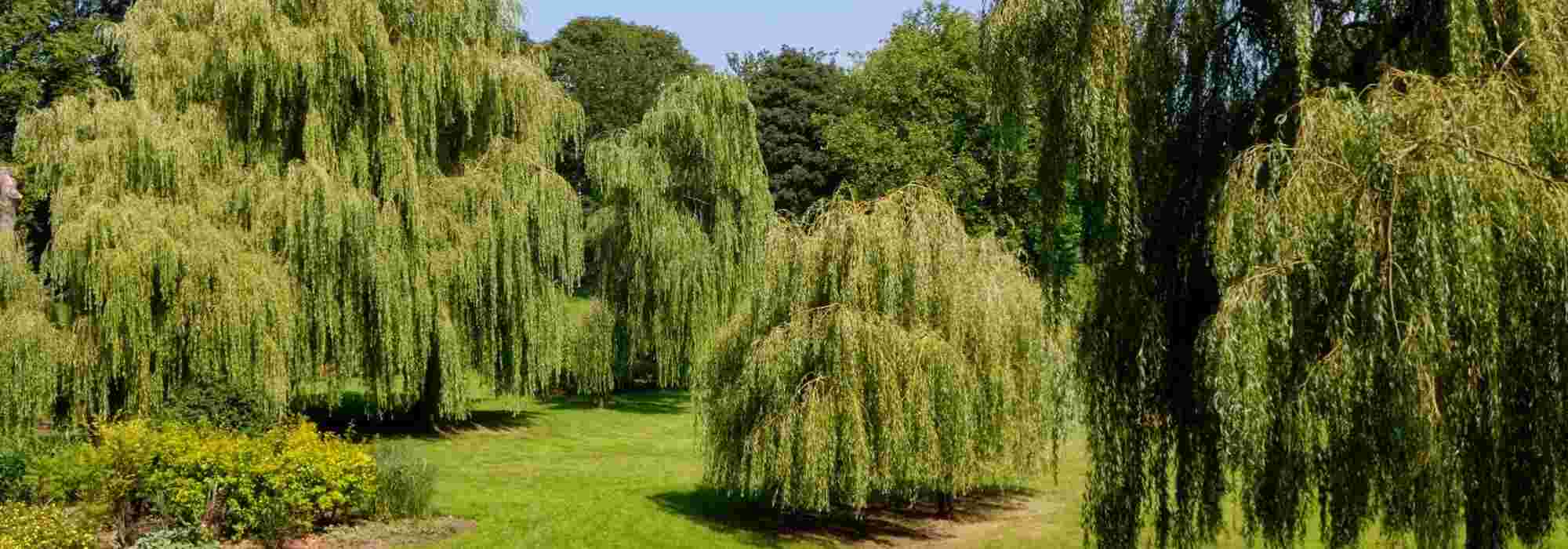
Trees with a weeping habit
Our selection of trees with a trailing habit
Contents
Weeping trees offer a silhouette at once singular and melancholic. In the manner of the romantic weeping willow, they display supple, very trailing branches, giving them undeniable charm. There are many weeping trees, deciduous or evergreen, the most common among willows, birches and cedars, but also pear trees, cytises and other firs.
Their unique habit and irregular branches often lead them to be planted singly to showcase them. They suit both large and small gardens, as they vary considerably in size according to variety and horticultural selection, the largest sometimes even needing “props” to support their incredible branches.
Here are a few little gems I invite you to discover, to adorn large parks or gardens and much smaller spaces.
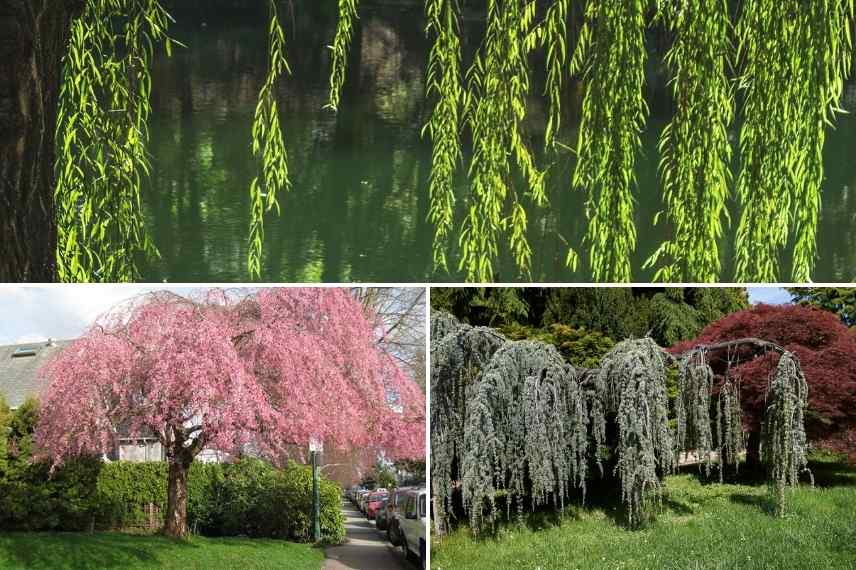
Magic of weeping willow, spring brilliance of a Prunus pendula ‘Beni Shidare’ (© Wendy Cutler), and enigmatic habit of a Cedrus atlantica ‘Glauca Pendula’
Sophora japonica ‘Pendula’: a truly charming pagoda
Also called Japanese pagoda or pagoda tree, Sophora japonica is a large rounded tree whose name evokes travel. Here is a form with flexible, very trailing branches that allows you to welcome this admirable tree into your garden: Sophora japonica ‘Pendula’. With its very long branches and its irregular, spreading silhouette, it lacks neither charm nor elegance, and adds a genuine point of interest to a garden. You can even create a beautiful summer arbour by pruning a few branches. Deciduous foliage is dark green and compound, with leaflets measuring about 25 cm long. Its framework and trunk will become increasingly contorted with age, which adds to its appeal. Beware, like the type species, Sophora japonica ‘Pendula’ will only flower after around twenty years. Plant as a specimen for a striking effect, in large or medium gardens (it measures 3 to 5 m high by 3 to 4 m across).
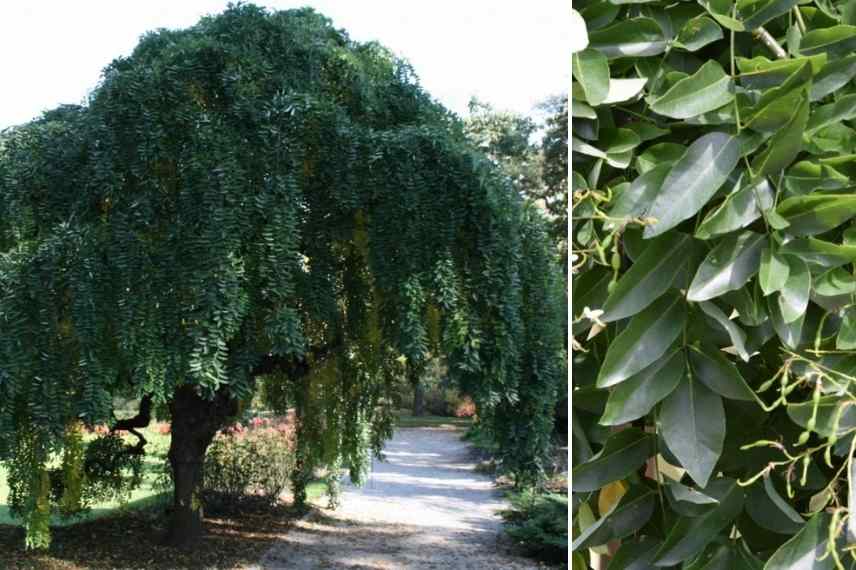
Sophora japonica ‘Pendula’, habit and foliage
→ Learn more about Sophora in our full feature: Sophora, planting, growing
Read also
Trees and bushes: different habitsCedrus atlantica 'Glauca Pendula': an exceptional blue mane
Weeping Atlas cedar is an exceptional tree, whose habit is remarkably spreading and strongly weeping, with bluish foliage drooping to the ground. It is a slow-growing conifer that develops on a short trunk, forming an unusual mass of branches trailing to ground in irregular arches. It should be supported from a young age with a framework to sustain and guide it. It reaches its full splendour with age, attaining majestic dimensions (about 4 m high by 8 m long), but by 10 years it usually measures 1.50 to 2 m high, proportions it often retains. It will thrive ideally in dry soil in full sun, but also tolerates slightly fresher soils if it enjoys warmth in summer. It deserves a secluded spot in your garden, and if you have a large pond it will be magnificent planted at its edge, adding a great deal of romance.
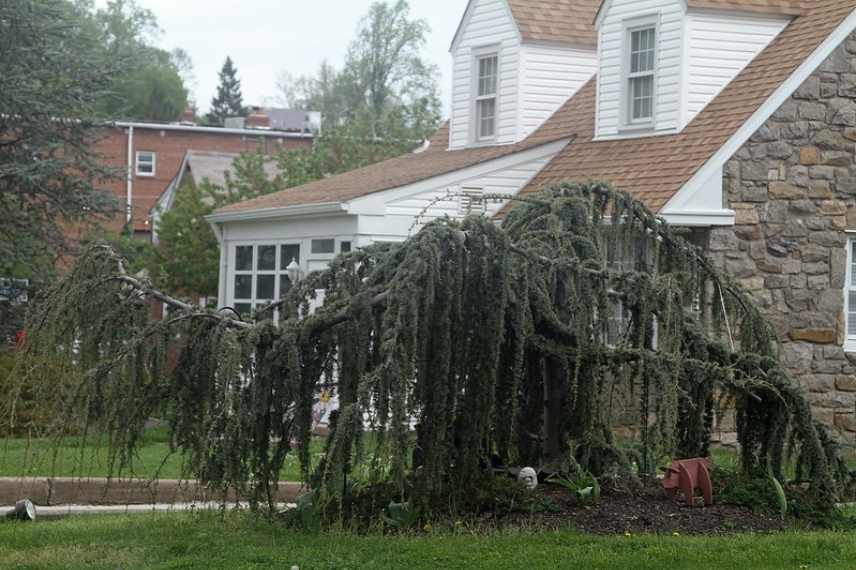
Cedrus atlantica “Glauca Pendula” (© Jim the Photographer)
Discover other Weeping trees and shrubs
View all →Available in 0 sizes
Available in 1 sizes
Available in 1 sizes
Available in 1 sizes
Available in 1 sizes
Available in 1 sizes
Available in 2 sizes
Available in 1 sizes
Available in 1 sizes
Available in 1 sizes
Cercidiphyllum japonicum 'Pendulum': a small, jewel-like tree
Caramel tree is hugely appealing for its foliage, notably its sublime autumn colours. This medium-sized tree has been declinated into a weeping variety with Cercidiphyllum japonicum ‘Pendulum’, making it suitable for smaller spaces, since it reaches 5 to 6 m in height at maturity. Its spreading habit is very generous, like a vegetal cascade, with a lovely dome-shaped crown and large rounded foliage as attractive as that of the type species. It changes colour through the seasons — that is the charm of this small tree — shifting from pink to orangey-yellow then to red in autumn, when it gives off a caramel scent, an endearing character. Extremely hardy and requiring no special maintenance, with no particular requirement regarding soil, thriving in sun or partial shade, it is a plant well worth discovering for your garden!
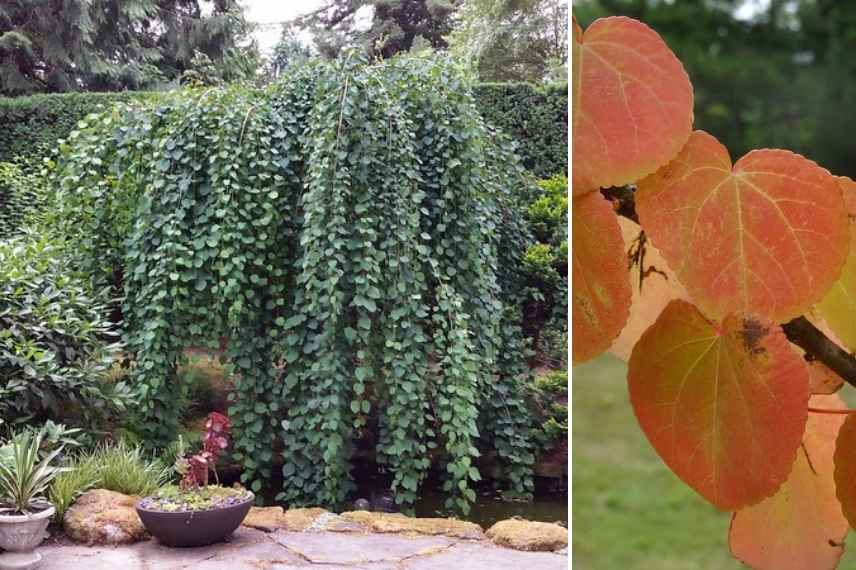
Cercidiphyllum japonicum ‘Pendulum’ (© Wendy Cutler) and its autumn foliage
Read also
Twisted trees and shrubsLaburnum alpinum ‘Pendulum’: spring shower of gold
Laburnums are splendid small deciduous trees with an impressive golden-yellow flowering in spring. They all have, more or less, a slightly weeping aspect, given by their branches and their pendulous clusters of flowers reminiscent of wisteria, but in a vivid, ultra-bright yellow. The Alpine laburnum or Laburnum alpinum ‘Pendulum’ is a cultivar that displays an even more pronounced weeping silhouette, truly superb, and long clusters of flowers 20 cm to 40 cm long appearing around May. Remaining very modest in size (2.50 m in all directions at ripeness), you can plant it in sun in any type of soil. It is valued for its hardiness and ease of cultivation. It is delightful planted as a specimen near a frequently used path to enjoy this magical habit, or in a small group of three specimens, or to form an avenue or mini enchanting vault in spring, beneath which its divine scent will waft.
Laburnum anagyroides and Laburnum watereri ‘Vossii’ are two other magnificent laburnums I recommend, somewhat less weeping, reaching 5 m in height, also of interest.
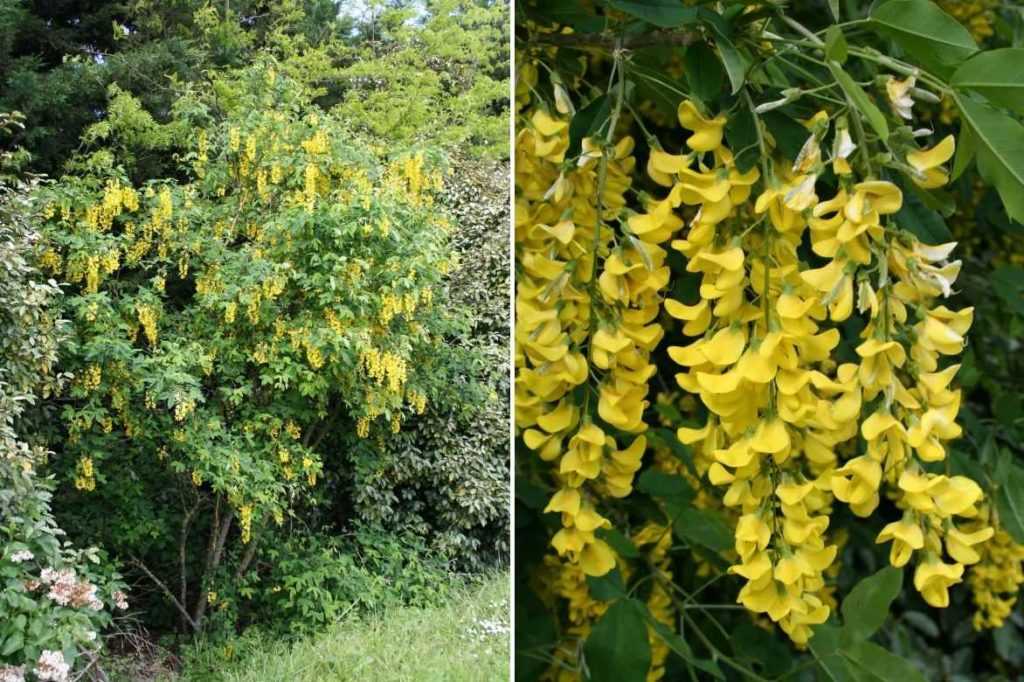
Salix caprea 'Kilmarnock': remarkable from spring to winter
Le Weeping goat willow also encountered under the names Salix caprea ‘Pendula’ or pussy willow with aments possesses one of the most singular weeping habits, and many assets for anyone seeking a decorative tree: initially very narrow in outline, it develops a more spreading, magical weeping form, with brownish-purple branches trailing gracefully to the ground. When it becomes covered in pale yellow to golden aments on the naked wood between February and March, it is enchanting (this cultivar bears only male flowers… hence very handsome aments)! Summer foliage, dark green in colour, is finely dentate and takes on yellow hues as autumn approaches. In winter its habit is sculptural. It suits small gardens… and contemporary terraces thanks to its ultra-graphic appearance and modest size, allowing it to be grown in a container. Less demanding than typical willow, it has no real requirements and will only ask for a sunny position if possible.
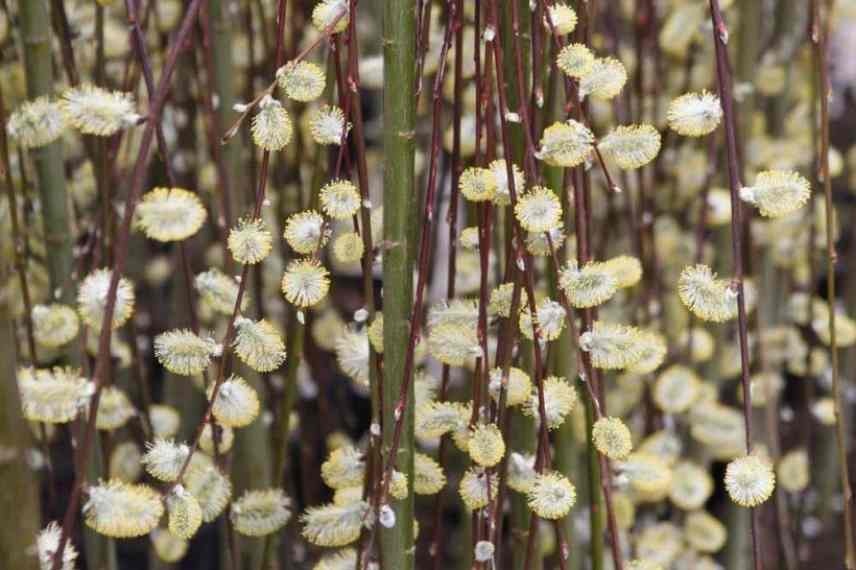
Salix caprea ‘Kilmarnock’
Betula pendula 'Youngii': elegance and lightness
Most grafted birches are naturally weeping trees with their fine, delicate branches trailing gracefully almost to the ground. One particularly ornamental variety because of its umbrella habit is the weeping birch ‘Youngii’. It has not only a beautiful weeping silhouette with a rounded crown, but also a superb smooth whitish bark characteristic of the genus (it will exfoliate over time), reddish-brown branches and light foliage of a soft green, turning shades of yellow in autumn. With a mature height between 3 and 6 m, it suits medium-sized gardens. Betula pendula ‘Youngii’ brings a lovely romantic note to the garden, and a mysterious winter appearance. Finally, it works well as a small shade tree, with its light foliage. Completely hardy, you can plant it almost anywhere in France.
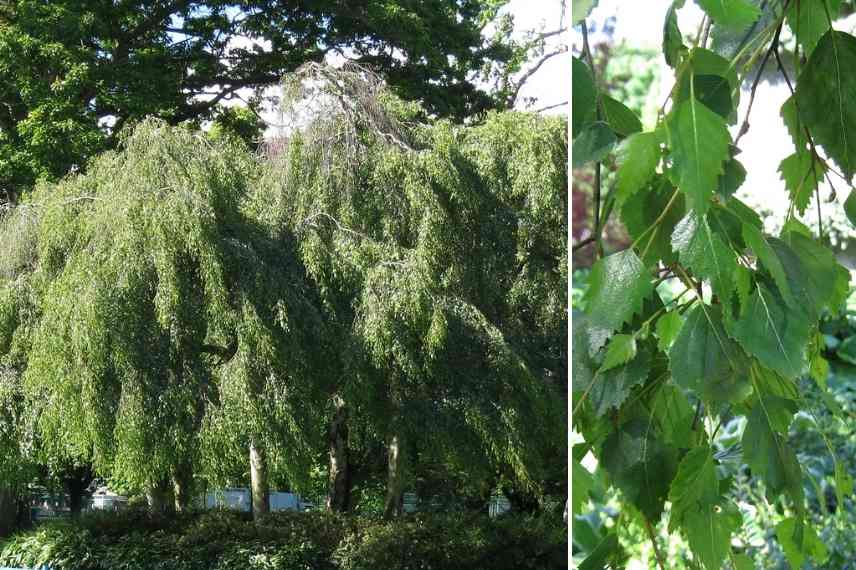
Betula pendula ‘Youngii’ (© Wendy Cutler)
Prunus subhirtella pendula 'Rubra': utterly romantic
This small tree is highly ornamental thanks to its very abundant spring flowering on naked wood, and its weeping habit with trailing branches in cascades. Prunus subhirtella ‘Pendula Rubra’ can be planted in a small or medium garden as it reaches 4 m tall and 3 to 4 m wide at maturity. Its weeping branches are gradually revealed in autumn when leaves take on a beautiful yellow‑orange colour. It is undemanding about soil type, proving both elegant and hardy throughout France. It fits particularly well into bucolic surroundings.
If you have a soft spot like me for weeping Japanese cherries, Prunus serrulata ‘kiku shidare zakura’ is another absolutely graceful cultivar, covered in large double pink flowers.
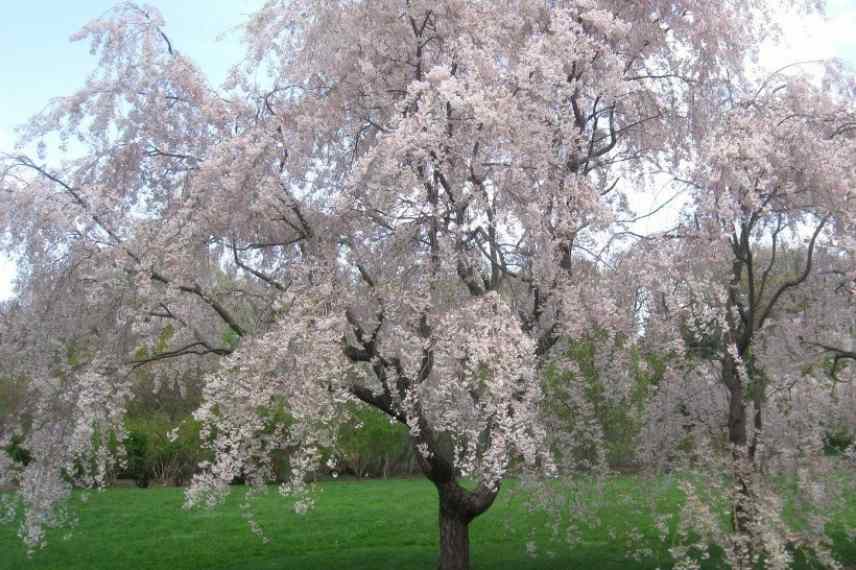
Prunus subhirtella ‘Pendula’ Rubra
Pyrus salicifolia ‘Pendula’: a hint of olive… but hardier
Latin name of this pear tree tells us straight away: this is a willow-leaved pear with a weeping habit. A botanical oddity? No, just a hybrid obtained by grafting, certainly interesting for its many ornamental qualities: Pyrus salicifolia ‘Pendula’ flowers from late April to June depending on region, covering itself with delicate white flowers grouped in terminal clusters, its foliage is superb, narrow and of a beautiful silvery colour, somewhat reminiscent of an olive. And above all, it offers a very particular silhouette bearing long branches trailing to the ground. Other advantages of this pear: it tolerates urban pollution well and its silvery-grey foliage adapts completely to sea spray and heat, even drought. A real find for your small garden!
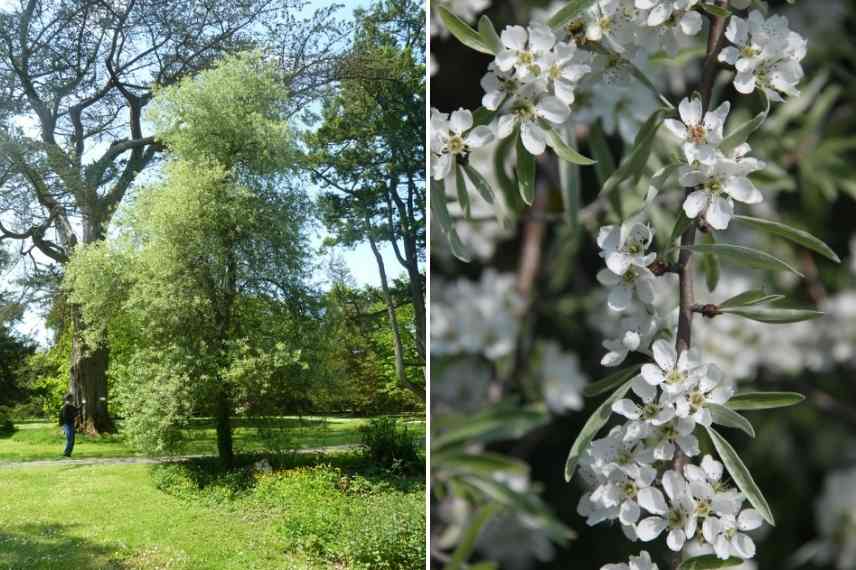
Pyrus salicifolia ‘Pendula’ (© Wendy Cutler)
Picea abies 'Inversa': strong personality, erect or creeping
Spruces also have a weeping form with Picea abies ‘Inversa’: this conifer becomes an almost columnar tree when its trunk is supported by a frame, and retains a spreading, creeping habit without resorting to a stake. This makes it a really interesting conifer that you can train as you please, with branches that invariably droop and cling tightly to the trunk or cover the ground in long trails of bright green. It can therefore be planted as a solitary specimen to show off its striking appearance that draws attention, or in a rockery or on a large bank. When trained as a tree it will reach 6 to 8 m tall by 2 m wide, growing faster in cool soil. It likes sun or partial shade, tolerates pruning well, is completely hardy… a conifer not to forget if you want to bring a touch of originality and character to your garden!
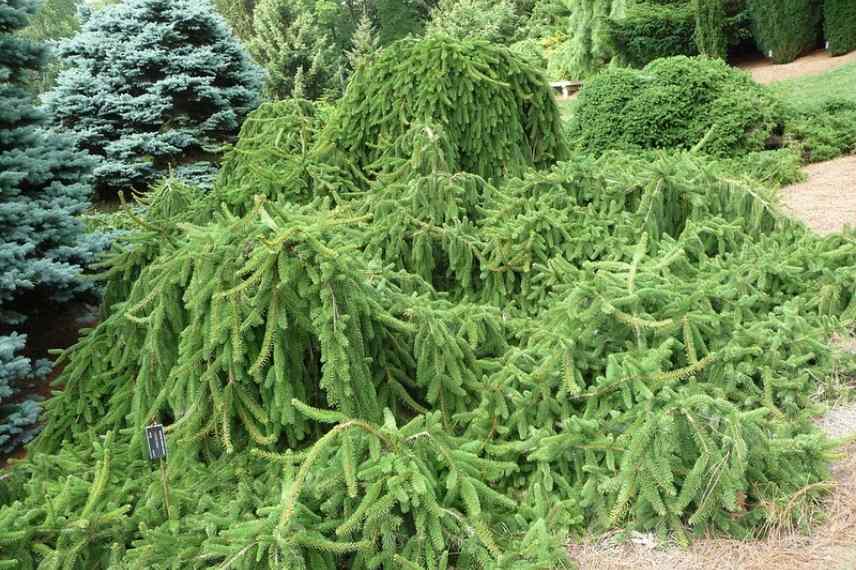
Picea abies ‘Inversa’ (© FD Richards)
→ Find out more with our complete factsheet Spruces: how to plant, prune and care for
Morus alba ‘Pendula’: an unusual specimen for small gardens
Here is another small tree ideal for small gardens, or forming a focal point on a large short grass meadow: the weeping white mulberry has an undeniable charm in all seasons, thanks to its dense branches forming a very graphic mass even in the heart of winter, and its foliage trailing in a very compact leafy curtain from spring to autumn. It has a rounded crown and an irregular habit with long flexible branches, green dentate leaves, and reaches 4 to 6 m high with a similar spread. The fruits are those of the common mulberry, drupe-like and resembling white raspberries, much prized by birds. It thrives equally in sun or partial shade, is perfectly hardy, and really not fussy about soil.
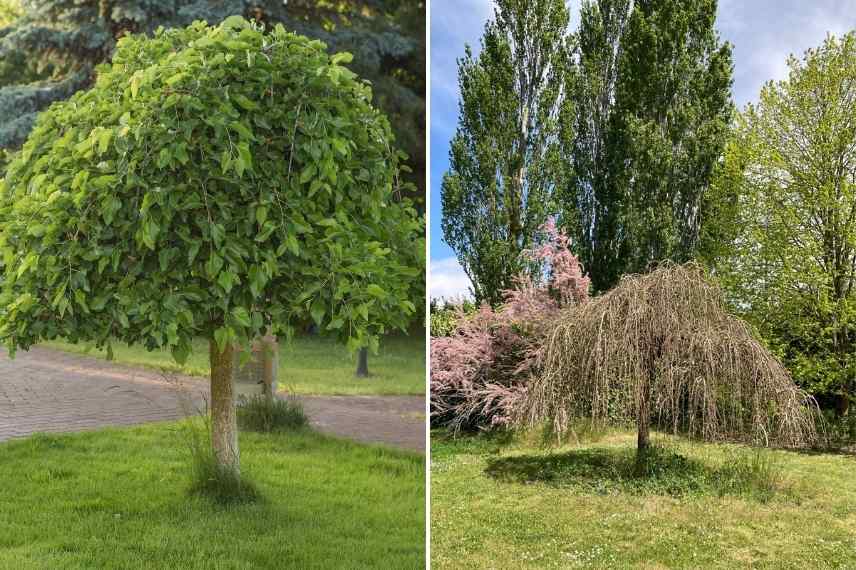
Morus alba ‘Pendula’, on the right in spring before leaf emergence (© Gwenaëlle David)
Qu’entendez-vous par « mais encore » ? Voulez-vous que j’apporte des précisions sur les consignes de traduction, des exemples concrets (HTML, shortcodes, attributs alt/title), un exemple de traduction pour un texte de blog, ou autre chose ? Indiquez ce que vous souhaitez et je m’y mets.
Haven’t found what you’re looking for in this selection?
Why not take a look at these magnificent deciduous trees: Salix sepulcralis ‘Chrysocoma’, Ulmus glabra pendula, Corylus avellana ‘Pendula’, Nyssa sylvatica pendula, Fagus sylvatica (and purpurea) ‘Pendula’, Fraxinus excelsior var Pendula, Acacia pendula, or Hamamelis japonica ‘Pendula’.
If conifers catch your eye, some species also stand out: Cedrus deodora ‘Pendula’, Chamaecyparis nootkatensis ‘Pendula’ for large gardens, Tsuga canadiensis ‘Pendula’, Abies alba ‘Pendula’ and Picea Abies “Pendula’.
- Subscribe!
- Contents
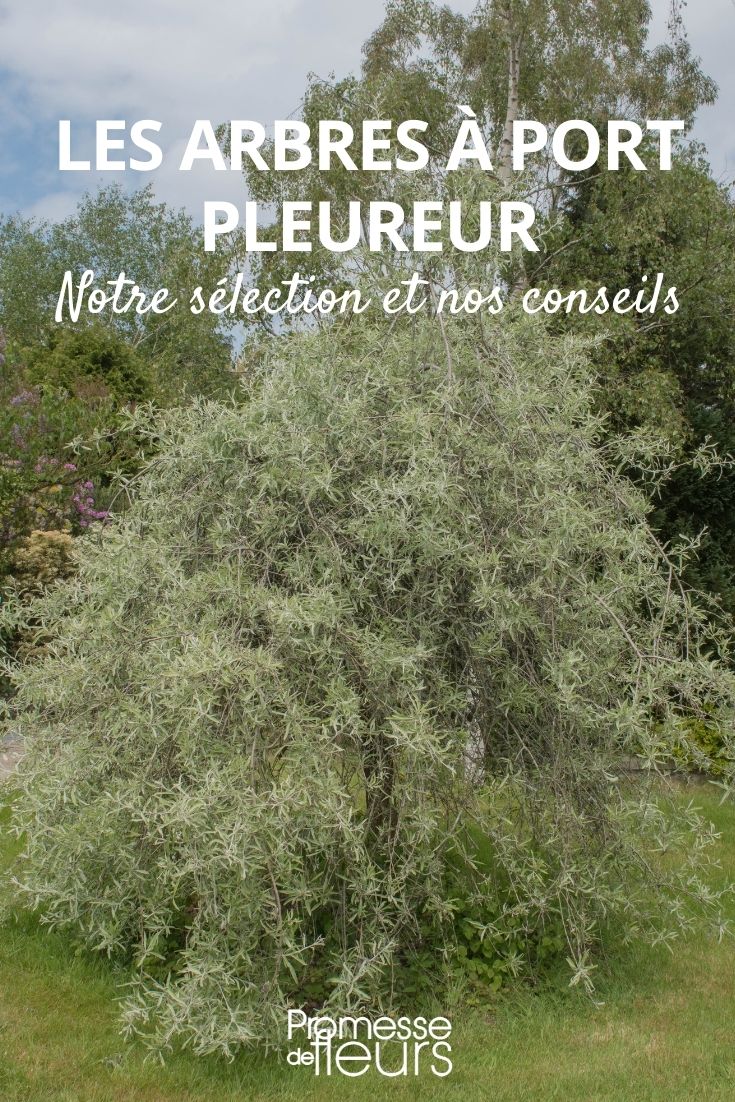

































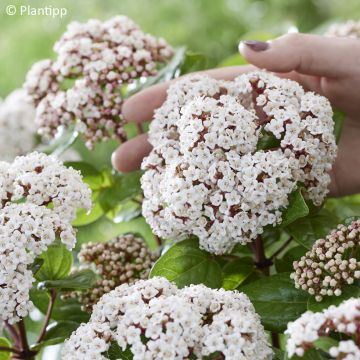
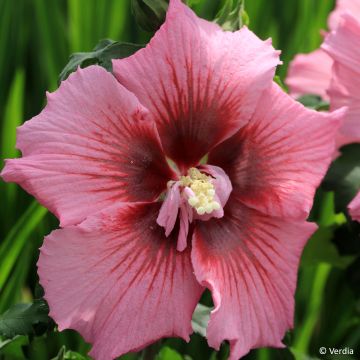
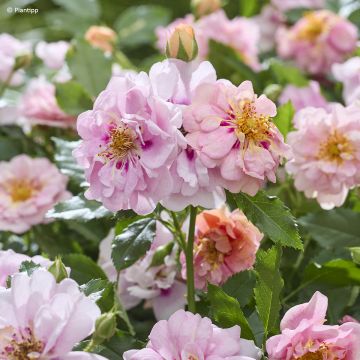
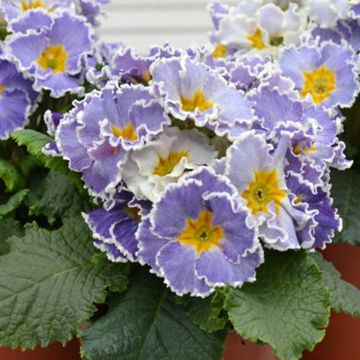
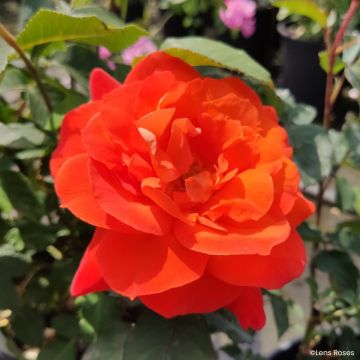

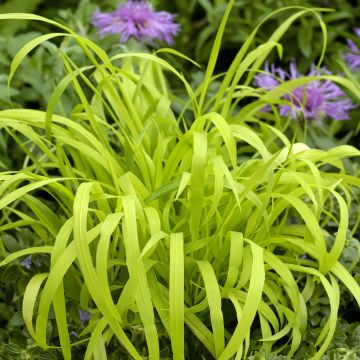
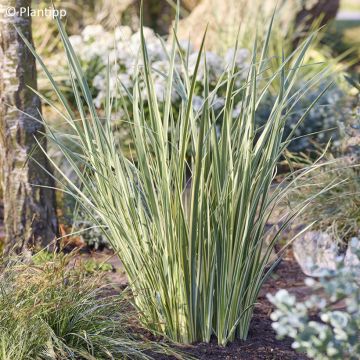
Comments